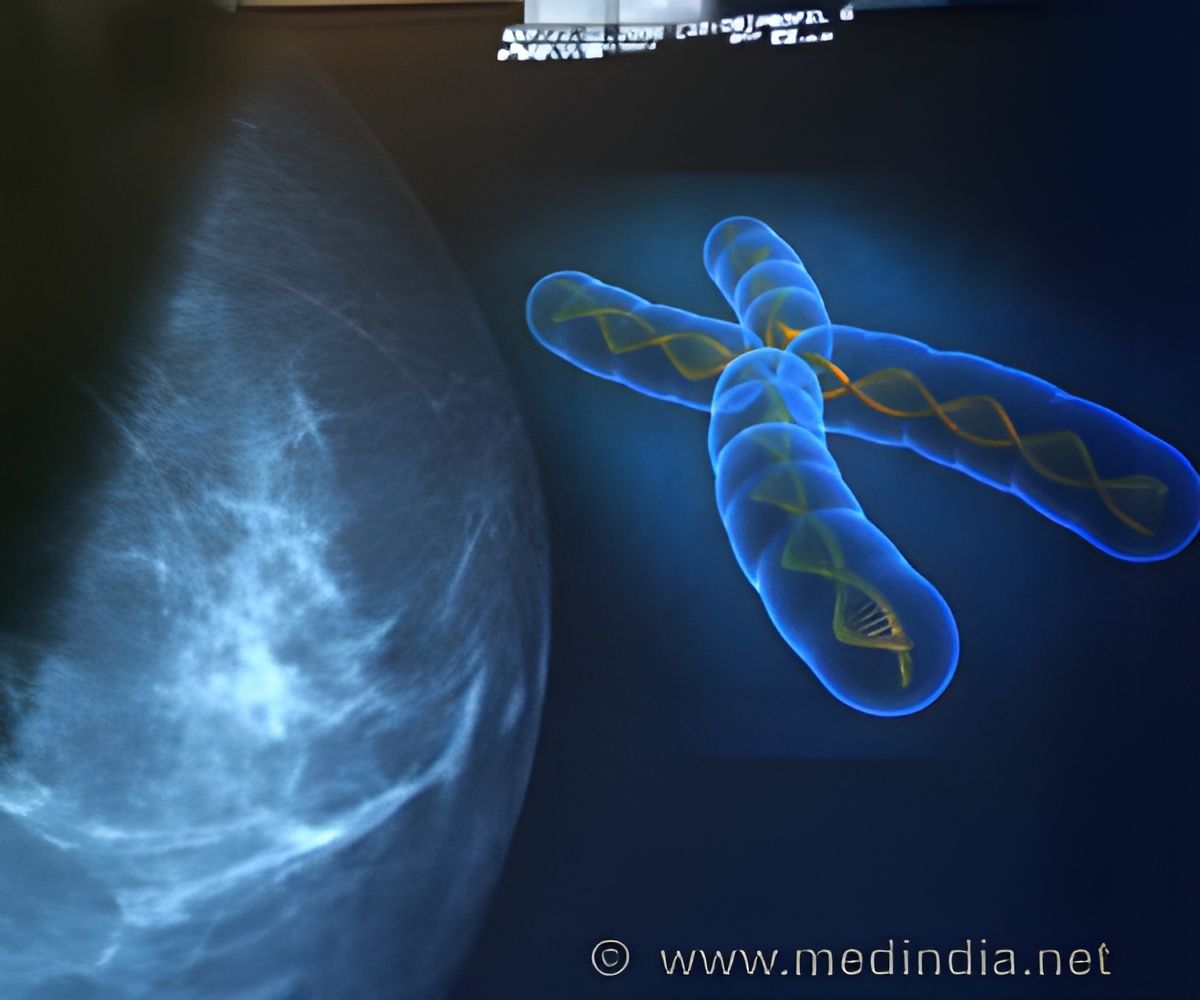Study shows how changes in the tumor coincide with when the patient's cancer stopped responding to treatment.

‘Treatment-resistant cells shared some common, important functional characteristics, known as their phenotype.’





Researchers set out to analyze why some breast cancers become resistant to treatment. "I think the million dollar question in cancer is what makes one patient's tumor respond differently than another patient's tumor," said Theresa Werner, MD, Medical Director of the Clinical Trials Office at HCI and Associate Professor of Medicine at University of Utah Health. The cells in tumors are not identical to one another. Instead, studies have shown that different cells can possess different genetic alterations and rely on different signaling pathways to survive, grow, and spread. As a result, they may respond differently to different drugs. Study Overview
For this study, Werner and her collaborators were able to trace the timeline of treatment of four breast cancer patients, over the course of between two to fifteen years for the patients analyzed. In a unique collaboration between several researchers and medical oncologists, samples of cancerous tissues were collected from breast cancer patients during their regular course of treatment. The tissue samples were then sequenced to study how the samples changed over time and how the tumors responded to each treatment. Using these data, the researchers were able to assess how changes in the tumor coincided with when the patient's cancer stopped responding to treatment. In general, their analyses showed that treatment-resistant cells shared some common, important functional characteristics -- known as their phenotype -- explains the study's senior investigator, Andrea Bild, PhD, of the City of Hope Comprehensive Cancer Center in California.
The ultimate goal for the researchers is to understand what is happening in a patient's tumor in as close to real time as possible, to predict what will happen next, and to adjust treatment accordingly.
Two new clinical trials set to start early next year at HCI and City of Hope will build on this research. Werner says "ultimately we want to actually predict what is really going to work best for your tumor during the course of your disease. While we're not ready to apply this to standard patient treatment now, with this work we are one step closer to doing that."
Advertisement
Source-Eurekalert














